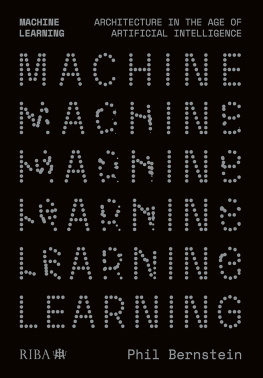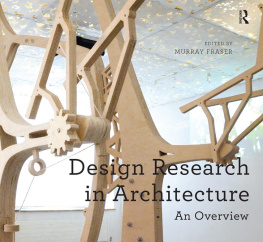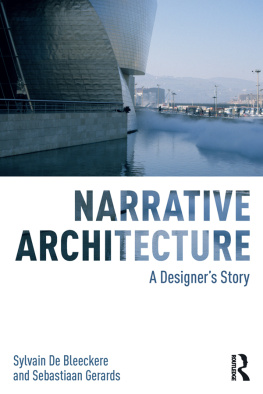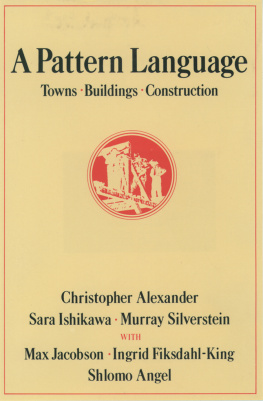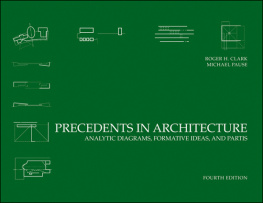Molly Wright Steenson - Architectural Intelligence: How Designers and Architects Created the Digital Landscape
Here you can read online Molly Wright Steenson - Architectural Intelligence: How Designers and Architects Created the Digital Landscape full text of the book (entire story) in english for free. Download pdf and epub, get meaning, cover and reviews about this ebook. year: 2017, publisher: The MIT Press, genre: Politics. Description of the work, (preface) as well as reviews are available. Best literature library LitArk.com created for fans of good reading and offers a wide selection of genres:
Romance novel
Science fiction
Adventure
Detective
Science
History
Home and family
Prose
Art
Politics
Computer
Non-fiction
Religion
Business
Children
Humor
Choose a favorite category and find really read worthwhile books. Enjoy immersion in the world of imagination, feel the emotions of the characters or learn something new for yourself, make an fascinating discovery.

- Book:Architectural Intelligence: How Designers and Architects Created the Digital Landscape
- Author:
- Publisher:The MIT Press
- Genre:
- Year:2017
- Rating:5 / 5
- Favourites:Add to favourites
- Your mark:
Architectural Intelligence: How Designers and Architects Created the Digital Landscape: summary, description and annotation
We offer to read an annotation, description, summary or preface (depends on what the author of the book "Architectural Intelligence: How Designers and Architects Created the Digital Landscape" wrote himself). If you haven't found the necessary information about the book — write in the comments, we will try to find it.
In Architectural Intelligence, Molly Wright Steenson explores the work of four architects in the 1960s and 1970s who incorporated elements of interactivity into their work. Christopher Alexander, Richard Saul Wurman, Cedric Price, and Nicholas Negroponte and the MIT Architecture Machine Group all incorporated technologiesincluding cybernetics and artificial intelligenceinto their work and influenced digital design practices from the late 1980s to the present day.
Alexander, long before his famous 1977 book A Pattern Language, used computation and structure to visualize design problems; Wurman popularized the notion of information architecture; Price designed some of the first intelligent buildings; and Negroponte experimented with the ways people experience artificial intelligence, even at architectural scale. Steenson investigates how these architects pushed the boundaries of architectureand how their technological experiments pushed the boundaries of technology. What did computational, cybernetic, and artificial intelligence researchers have to gain by engaging with architects and architectural problems? And what was this new space that emerged within these collaborations? At times, Steenson writes, the architects in this book characterized themselves as anti-architects and their work as anti-architecture. The projects Steenson examines mostly did not result in constructed buildings, but rather in design processes and tools, computer programs, interfaces, digital environments. Alexander, Wurman, Price, and Negroponte laid the foundation for many of our contemporary interactive practices, from information architecture to interaction design, from machine learning to smart cities.
Molly Wright Steenson: author's other books
Who wrote Architectural Intelligence: How Designers and Architects Created the Digital Landscape? Find out the surname, the name of the author of the book and a list of all author's works by series.

